In the ever-evolving realm of technology, the fusion of artificial intelligence and creativity has given birth to groundbreaking innovations. One such innovation that has taken the world by storm is AI art generation. Artists and creators now have the ability to collaborate with algorithms to produce mesmerizing artwork that seamlessly blends human ingenuity with machine learning. In this article, we delve into the fascinating technology behind AI art generators and explore some of the popular platforms available to unleash the artistic potential within the digital realm.
Deep Learning and Training:
AI art generators use deep learning techniques to improve their performance. They are trained on vast datasets of existing artworks, which allows them to understand various artistic styles and techniques. During training, these models learn to recognize patterns, colors, and structures in artworks. This process refines their ability to generate art that resembles human-created pieces.
Variational Autoencoders (VAEs):
VAEs are another fascinating component of the AI art generation. They work by learning an artwork’s underlying structure and then generating new, similar artworks. VAEs are known for their ability to create diverse and unique pieces of art, making them a valuable tool for artists seeking fresh inspiration.
Artistic Enhancement and Augmentation:
AI art generators are not limited to just creating new art from scratch. They can also enhance and augment existing art. For example, they can take a basic photograph and transform it into a masterpiece in the style of a famous artist. This feature empowers artists and photographers to explore new horizons and experiment with different styles.
Accessibility and Democratization:
One significant impact of AI art generators is the democratization of art. These tools make art creation more accessible to a broader audience. Artists and creators who may not have traditional artistic skills can now use AI to express themselves. This inclusivity expands the boundaries of what art can be and who can create it.
Ethical and Copyright Considerations:
As AI-generated art becomes more prevalent, it raises important ethical and copyright questions. Who owns the rights to AI-generated artwork? Is it the original creator, the person who trained the AI, or the AI itself? These questions are challenging the conventional understanding of art and intellectual property.
They leverage neural networks, GANs, VAEs, and other sophisticated algorithms to create art that pushes the boundaries of human creativity. These tools are not here to replace artists but to empower them, offering new avenues of exploration and self-expression.
The technology behind AI art generators continues to evolve, promising a future where AI and human creativity collaborate to redefine the very essence of art. As we navigate the ethical and practical implications of this technological art renaissance, it’s clear that AI is becoming an indispensable tool for artists and enthusiasts, unlocking new realms of creative potential.
Popular AI art generator platforms
There are several popular AI art generator platforms available for artists and creators. These platforms offer a range of tools and features to unleash artistic potential. Here are some of the most prominent ones:
- Inspired by Google’s Deep Dream project, this platform allows users to apply neural network algorithms to their images.
- It offers a variety of pre-trained models and customization options for artists to experiment with.
- Runway ML is designed for accessibility, making AI art creation user-friendly.
- It provides a range of pre-trained models for various tasks, including style transfer, text-to-image generation, and more.
- Artbreeder is an innovative platform that empowers users to merge and manipulate images to create entirely new artworks.
- Using GAN technology, it enables the blending of styles to generate unique visuals.
- Created by OpenAI, DALL-E is a groundbreaking platform that generates images from text descriptions.
- Users can describe a concept, and DALL-E will create an image based on that description, offering a new dimension of creativity.
- DeepArt.io is an AI art generator that allows users to apply artistic styles to their photos.
- It transforms photos into paintings reminiscent of famous artists, providing both free and premium options for customization.
- Nvidia Canvas uses GAN technology to help artists turn simple brushstrokes into realistic landscapes, characters, and scenes.
- It offers real-time previews, allowing artists to experiment and refine their creations.
- Prisma is a mobile app that uses AI to transform photos into artworks inspired by famous artists.
- It offers a range of artistic filters and effects to give photos a unique and artistic flair.
- AI Painter:
- AI Painter is known for its ease of use and user-friendly interface.
- It offers various art styles and filters, enabling users to quickly transform their photos into art.
- Dreamscope is a web-based platform that allows users to apply artistic filters and styles to their photos.
- It offers a range of creative options to generate captivating visual effects.
These platforms cater to a wide spectrum of artists and creators, from beginners to professionals, enabling them to explore the limitless possibilities of AI-generated art. The availability of such tools continues to inspire and expand the horizons of creative expression.
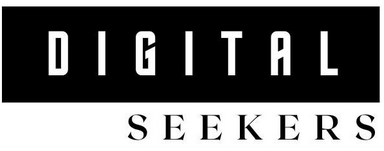
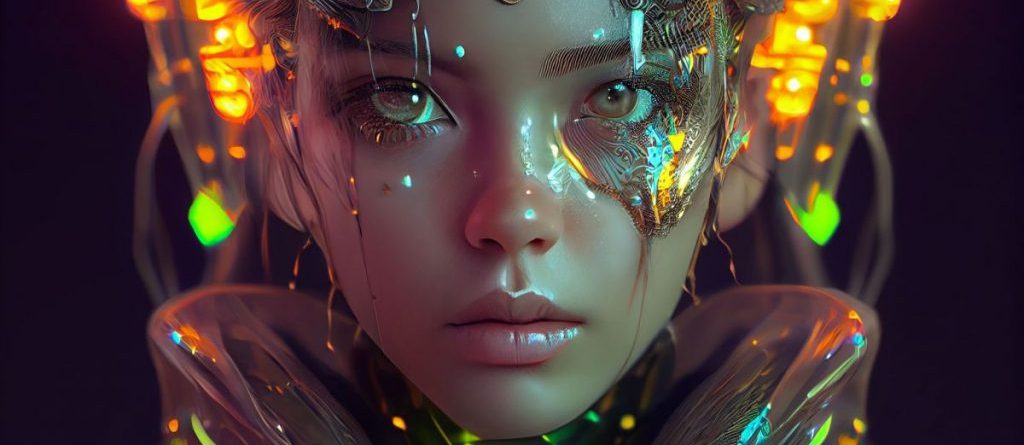
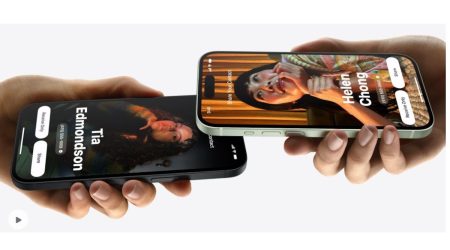


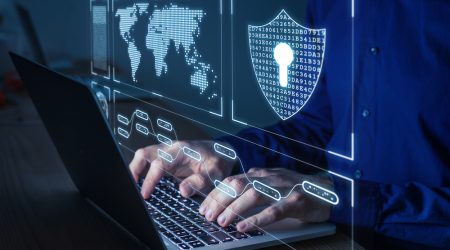

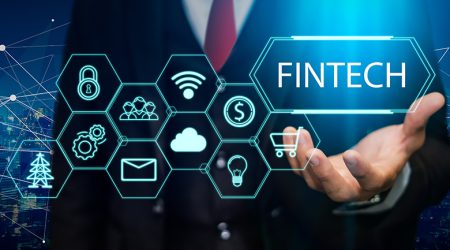

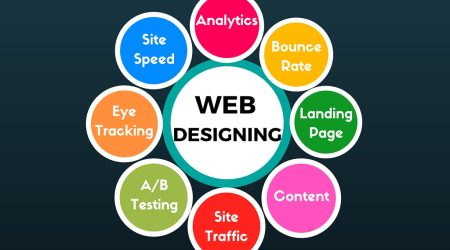

Leave a Reply